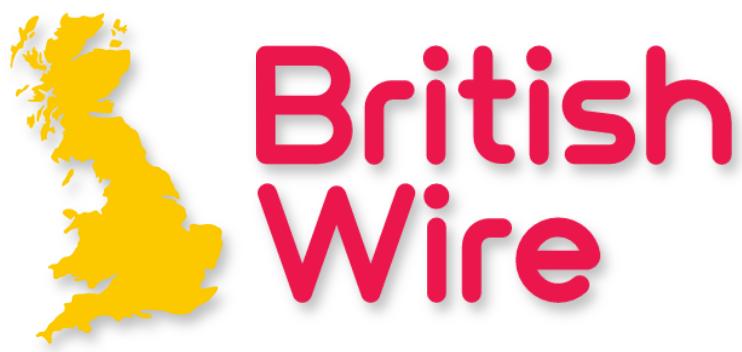New legislation mandating a common charging port for mobile phones and other electronic devices has officially come into effect across the European Union. Under the new rules, all mobile phones, digital cameras, headphones, and handheld video game consoles must now use a USB-C charging port, bringing an end to the need for multiple, device-specific chargers.
The European Parliament approved the directive in 2022, and the European Commission estimated at the time that the move would save consumers around €250 million annually. The legislation simplifies charging by allowing consumers to use any USB-C charger for compatible devices, reducing the confusion and inconvenience of needing separate chargers for each device.
The new rules will also standardize charging speeds for compatible devices, ensuring a uniform experience across different brands and models. Additionally, consumers will be provided with information on the charging performance of devices when purchasing them, making it easier to compare options.
However, the “Common Charger Directive” will not apply to laptops until April 28, 2026. The delayed implementation for laptops gives manufacturers additional time to transition to the new charging standard. The Department of the Environment, Climate and Communications explained that this delay is to allow for the necessary redesigns of laptop chargers and ports.
A spokesperson for the department highlighted the environmental benefits of the new rules, noting that the change will reduce the environmental impact of producing and disposing of chargers. “This reduction in unnecessary charger purchases will also lead to an estimated 980-tonne reduction in electronic waste in the EU per year,” said Minister of State for Communications and the Circular Economy Ossian Smyth. He emphasized that the directive aligns with Ireland’s goals of fostering a circular economy.
The move has already been anticipated by some major tech companies. Last year, Apple replaced its proprietary ‘Lightning’ charging port with a USB-C port on its latest iPhone models in response to the EU’s upcoming regulation. This shift to USB-C is expected to make charging more convenient for users across Europe and streamline the electronic device market.
As the transition to a universal charging standard takes effect, consumers across the EU are expected to benefit from reduced costs, less e-waste, and a more streamlined charging experience.
















